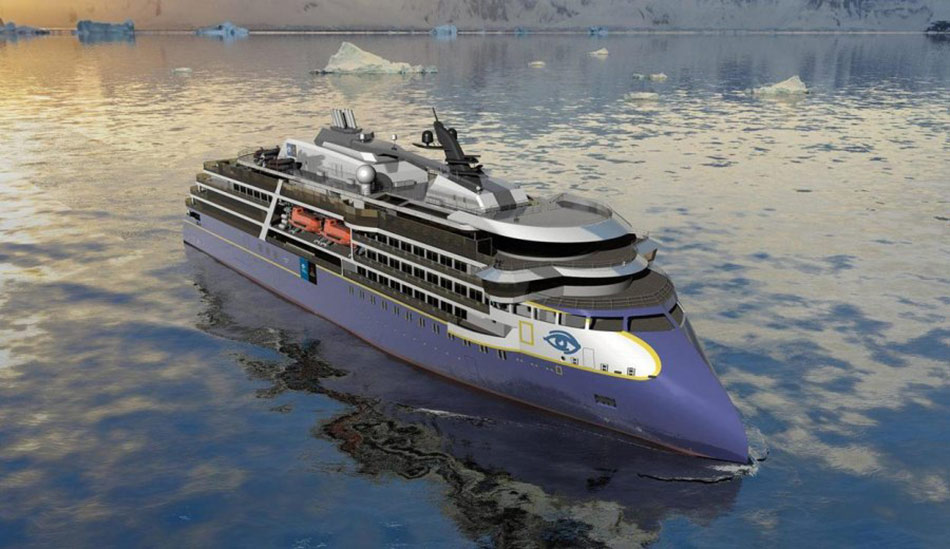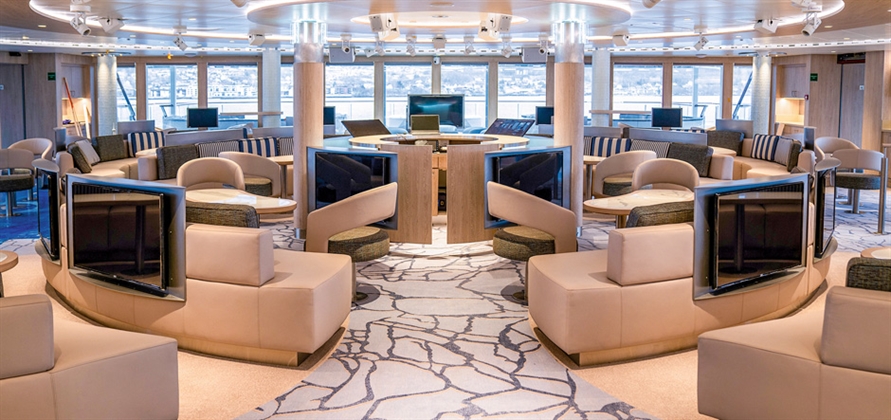

We were also greeted by the sight of caracaras, steamer ducks, kelp geese, and other birds. We had staggering views of the various bays that make up this corner of the island. A chilly morning with calm waters and beautiful sunny weather made for a great landing, and expedition members of National Geographic Endurance enjoyed a steep, beautiful walk to the lighthouse. The original is being restored in Ushuaia. We were greeted by a view of the lighthouse, which is a replica donated to Argentina by a French team in 1998. At the break of dawn, we were already in the bay.

It is also called the Lighthouse at the End of the World, as the lighthouse inspired Jules Verne’s famous book of the same name, which was published posthumously in 1905. This is the location of the very first lighthouse in Argentina and in austral waters it was built in 1884. Overnight, we made our way to San Juan de Salvamento Bay, located at the very northeast end of Isla de los Estados (Staten Island). National Geographic Endurance San Juan de Salvamento and Puerto Hoppner (Staten Island) After an amazing experience in Southern Patagonia, the trip came to a happy ending. The evening closed with presentations by the naturalist staff, the guest slideshow, and the captain’s farewell. After a ship cruise of Franklin Bay, we departed for Ushuaia to arrive in time for guest disembarkation. A small herd of feral goats was discovered in the intertidal zone, evidence of poorly understood introductions in the past.

We observed at least a dozen invasive red deer in the surrounding hills and valleys.

Upon arrival, a few penguins were spotted in the water. Guests returned to the ship for lunch, and we began our transit to Franklin Bay in pursuit of rockhopper penguins. As guests explored the small lagoons and hidden caves, seal pups were often found tucked away in the rocky outcroppings by their worried mothers who were far out to sea. At the end of one bay, a small waterfall spilled its watershed from a hidden lake sitting above the rocky cliffs and out of our sight. As the ship proceeded to the end of the fiord, it passed several small bays that were later explored via Zodiac. Southern swells have slowly eroded the cliffs, creating several large sea caves. The entrance to the bay is covered with impressive, rugged cliffs. This morning’s destination was Capitan Canepa Bay, located on the southern end of Isla de los Estados. National Geographic Endurance Capitan Canepa Bay, Isla de los Estados The galley team offered fresh scones with hand-whipped cream and berries while everyone wandered around the “gallery” of about 20 laptops that guests set up to show off their work.Īs dinner began, the ship was secured at the Punta Arenas pier, and a few guests took advantage of the clearing weather for an after-dinner stroll along the city’s boulevards. A number of naturalists presented informative lectures, and at teatime, we enjoyed a special “laptop gallery” of guest photos in the Ice Lounge. Undaunted, we returned to the Strait of Magellan and headed east towards Punta Arenas. Alas, such weather was not to appear, and morning operations were abandoned due to very disagreeable weather, including rain and high winds. A small beach near that cross allows landing by Zodiac in settled weather. Bahia Fortescue is within the Francisco Coloane National Marine Park, named for Francisco Coloane, a renowned Chilean writer of the 20th century.įray Pedro de Valderrama conducted the most southern Christian mass in the bahia in 1520, and a larger cross commemorates the event. During breakfast, National Geographic Endurance pulled into Bahia Fortescue, hoping for some protection from the fierce winds that were blowing across Patagonia for the past day.


 0 kommentar(er)
0 kommentar(er)
